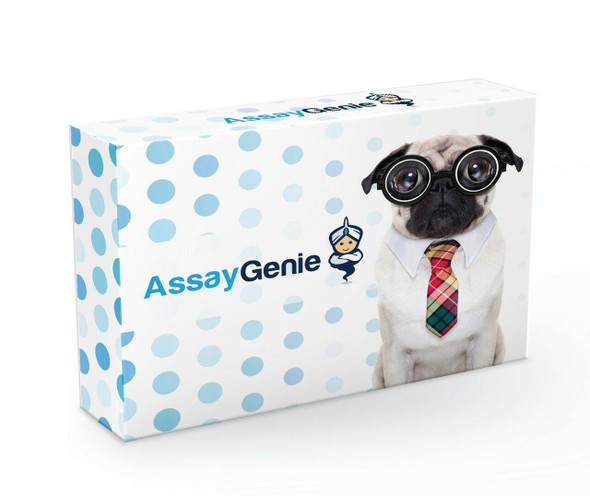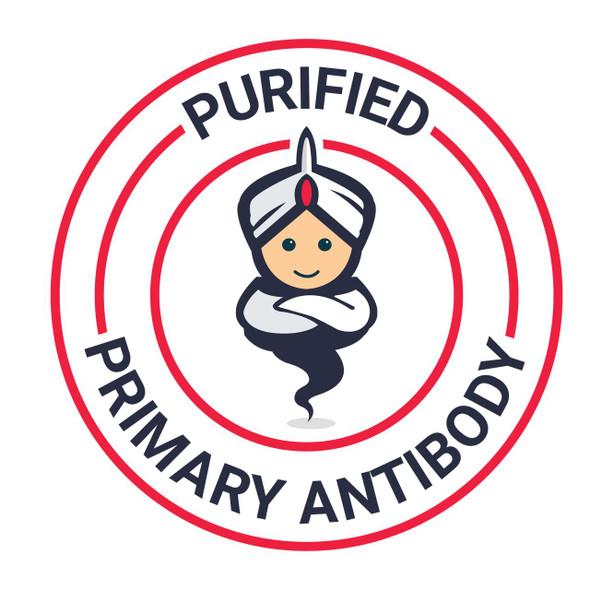Description
GST Mouse Monoclonal Antibody [P1E5AT] (CPAB0428)
The GST Mouse Antibody (CPAB0428) is a high-quality antibody specifically designed for research involving the Glutathione S-transferase (GST) protein. This mouse antibody is highly reactive with GST samples and is validated for use in various applications, including Western blot and immunohistochemistry.The GST protein plays a crucial role in detoxification processes in the body, making it an important target for studies in toxicology, pharmacology, and cancer research. The antibody binds specifically to the GST protein, allowing for accurate detection and analysis in different experimental settings.
Its reliability and specificity make it an essential tool for researchers studying GST-related processes in various cell types and tissues.Understanding the function and expression of the GST protein is essential for developing targeted therapies and treatments for diseases related to detoxification pathways, oxidative stress, and drug metabolism. The GST Mouse Antibody (CPAB0428) provides researchers with a valuable tool for exploring the role of GST in health and disease, advancing our knowledge in these critical areas of research.
| Product Name: | GST Mouse Antibody |
| Product Sku: | CPAB0428 |
| Size: | 5μg |
| Host Species: | Mouse |
| Immunogen: | Anti GST mAb is derived from hybridization of mouse SP2/ myeloma cells with spleen cells from BALB/c mice immunized with recombinant GST purified from Ecoli. |
| Clone: | P1E5AT. |
| Reactivity: | -GST |
| Applications: | Western Blot, ELISA |
| Purification Method: | GST antibody was purified from mouse ascitic fluids by protein-G affinity chromatography. |
| Isotype: | IgG2b |
| Background: | GST family of enzymes comprises a long list of cytosolic, mitochondrial, and microsomal proteins that are 45-55 kDa (dimer form) size and are capable of multiple reactions with a multitude of substrates, both endogenous and xenobiotic. GST catalyses the conjugation of reduced glutathione meaning the sulfhydryl group, to electrophilic centers on a wide variety of substrates. This activity is useful in the detoxification of endogenous compounds such as peroxidised lipids, as well as the metabolism of xenobiotics. GST binds toxins and function as transport protein. Glutathione S-transferase is used to create the so-called ''GST gene fusion system''. The GST is used to purify and detect proteins of interest. In a GST gene fusion system, the GST sequence is incorporated into an expression vector alongside the gene sequence encoding the protein of interest. Induction of protein expression from the vector''s multiple cloning sites results in expression of a fusion protein - the protein of int |
| Synonyms: | |
| Storage Buffer: | For periods up to 1 month store at 4°C, for longer periods of time, store at -20°C. Prevent freeze thaw cycles. |










